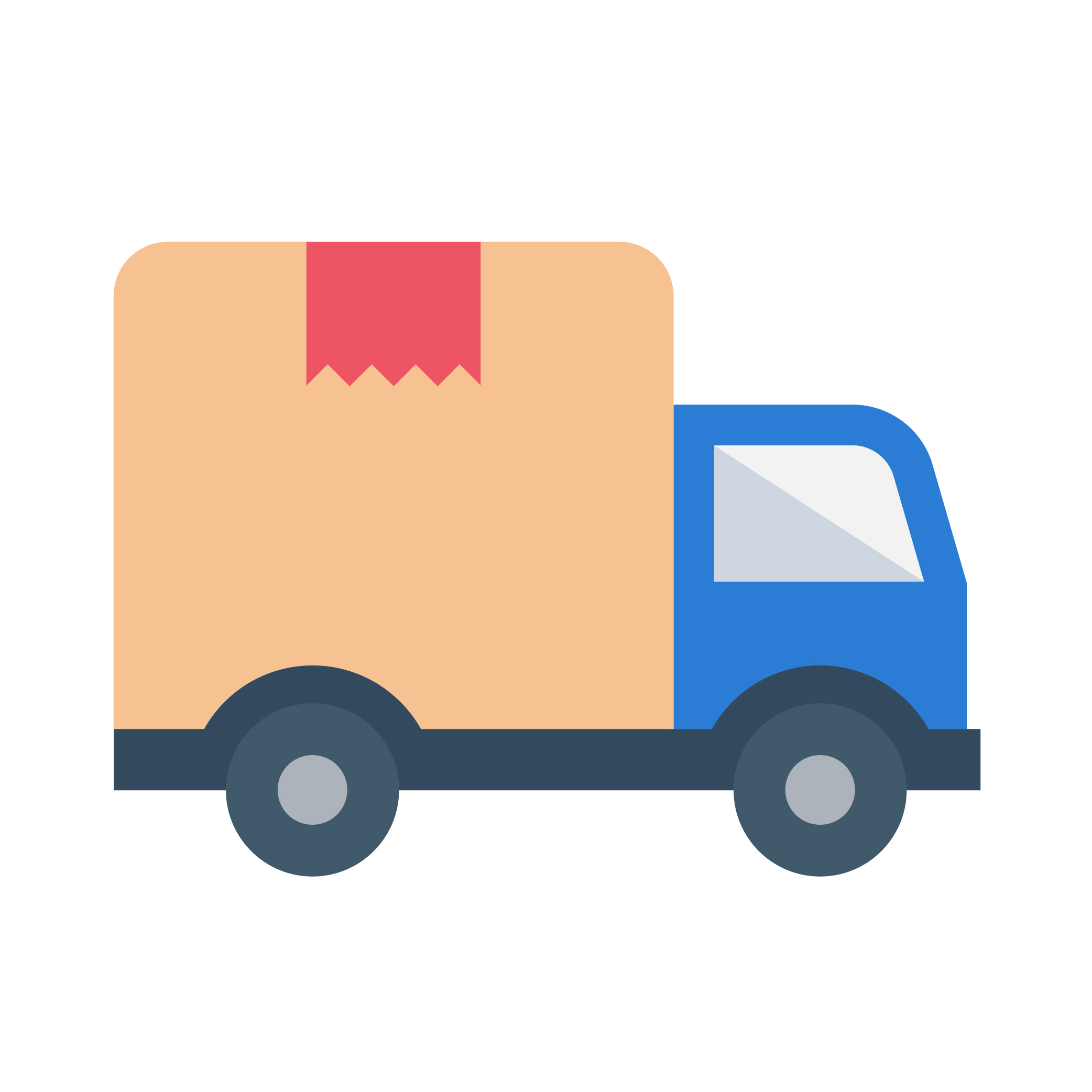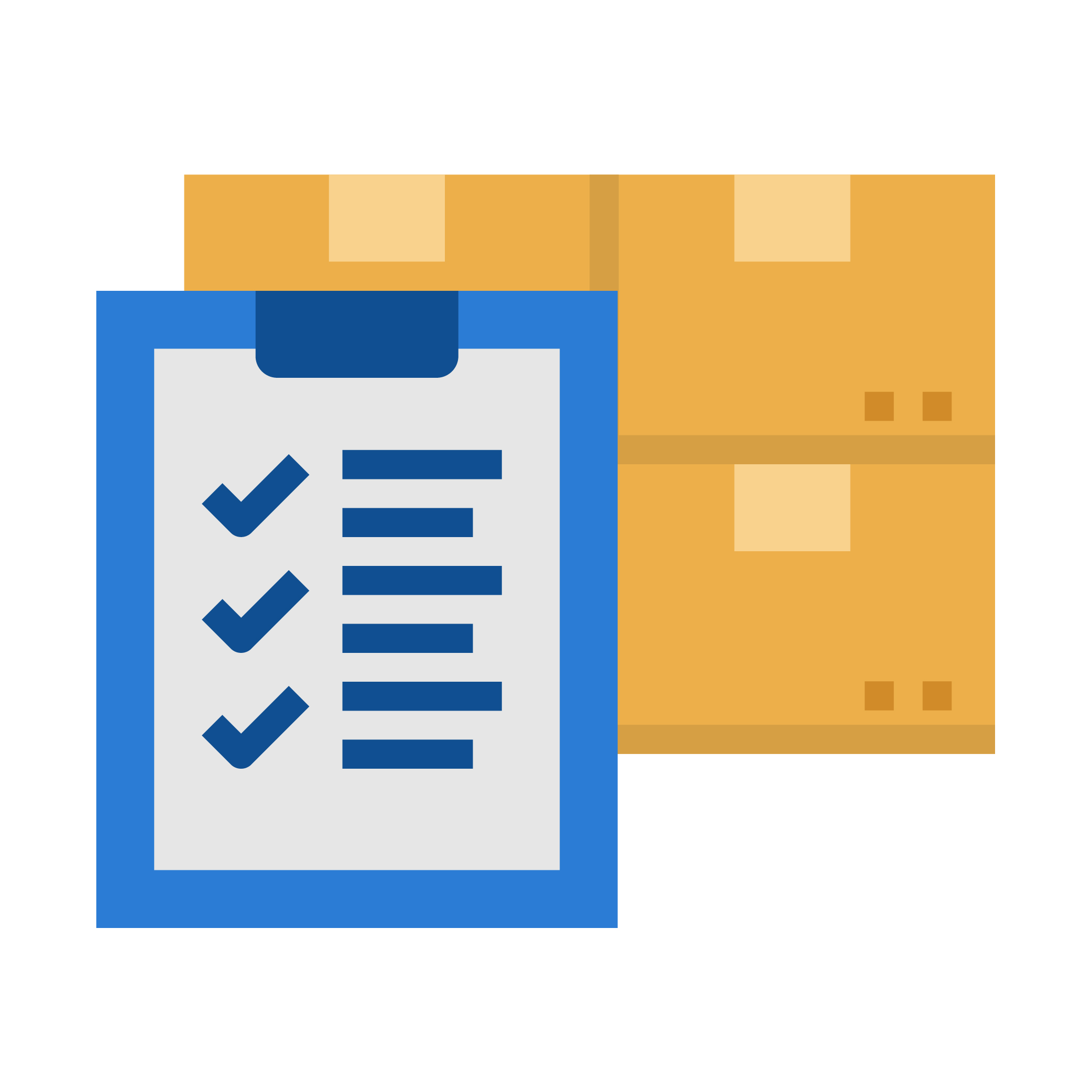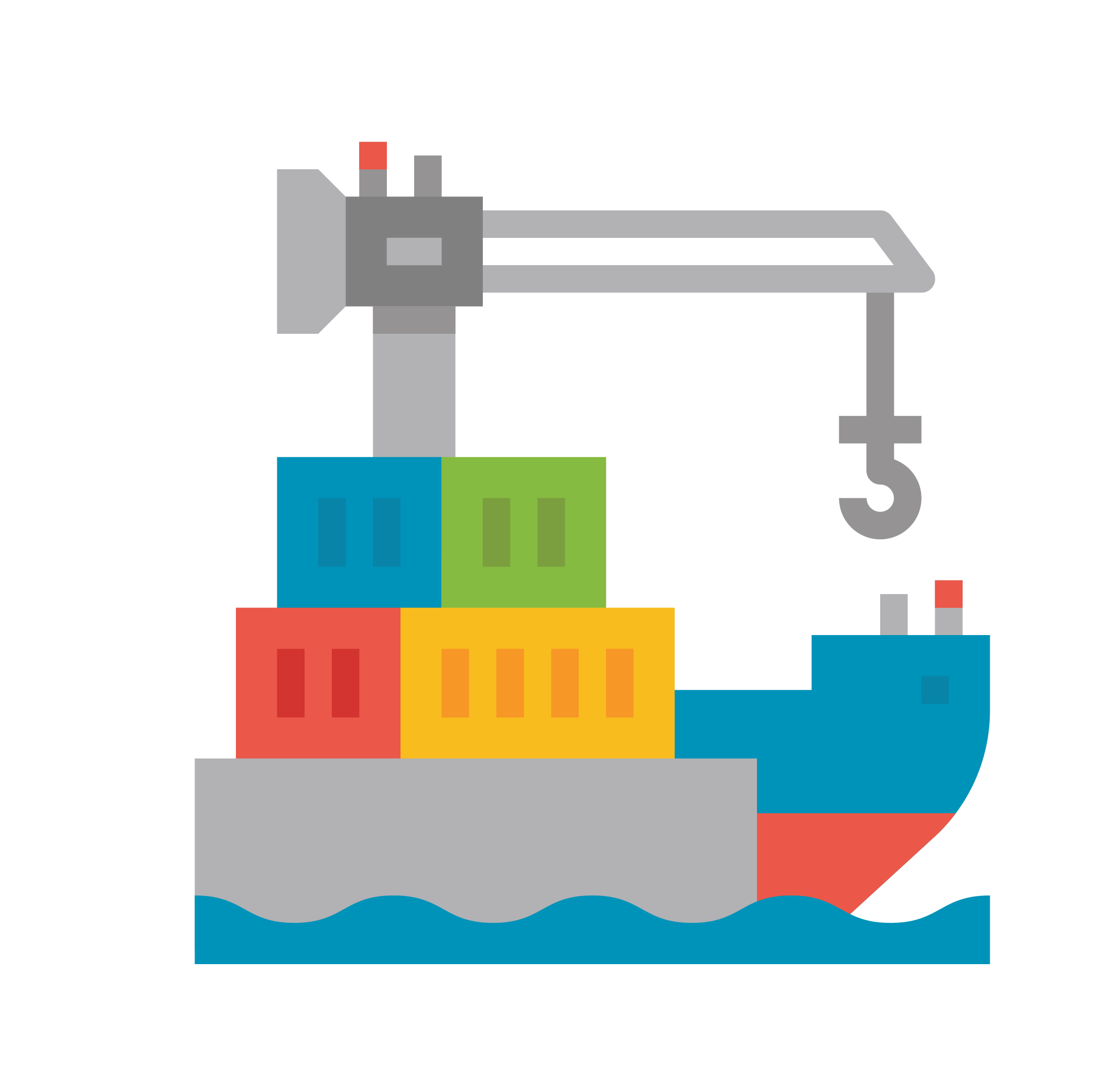
Optimize your costs
Pay only for the amount of space your shipment occupies.

Compact and protect your cargo</h3 class="mt-4">
Low-volume shipments are safer when shipped together in an LCL container.

Minimize surprises from costs</h3 class="mt-4">
With door-to-door LCL shipments, destination charges are made known in advance.

Ship with stable rates</h3 class="mt-4">
LCL rates are less volatile than FCL rates.
Book LCL
When your volume is under 13m3
LCL rates are based on weight and volume. It is cheaper to ship via LCL when your shipment’s volume is under 13m3 → Lower shipping costs with LCL
When you want to book last-minute shipments during the shipping peak season
During periods of congestion, it’s easier to secure a spot with LCL shipping than FCL → Secure a spot with LCL shipping
When cargo volume is too high for a full container and too low to fill two containers
The cheapest option would be to fill an FCL container and ship the remaining via LCL → Optimize both FCL and LCL costs
When the cargo isn’t urgent
While low-volume shipments can be transported via air freight, LCL shipping is a much cheaper alternative → Save money with LCL shipping
Services included with your LCL shipment
What is included in our LCL rates?

Cargo pick up
or delivery

Land transportation to or
from the warehouse

Consolidation/deconsolidation
fees

Transportation to or
from the port

Customs
clearance

Terminal
charges

Ocean
freight
Most popular LCL shipments

Loose LCL cargo
With loose cargo, your merchandise is transported in stacked boxes. While it’s a popular option for shipping LCL cargo in Asia, the merchandise is susceptible to damages. → This option compromises the security of your cargo and that of other shippers

Palletized LCL
This is the most recommended option because your cargo is transported safely on pallets and allows for easy handling. Truckers also usually require cargo to be palletized for inland moves. → Palletize your cargo to protect your LCL shipment
Booking an LCL
When you decide to ship LCL, you will need to provide the dimensions and weight of your cargo to your freight forwarder. Documents and forms such as the Bill of Lading, commercial invoice, and cargo packing list must also filled in and submitted. Depending on your cargo type and destination port, additional documentation may also be required.
Getting your merchandise ready
LCL shipments are usually shipped on a fixed schedule, either weekly or fortnightly depending on the destination port, so timing is crucial. Grouping of LCL cargo takes place at a warehouse, called the origin consolidation warehouse. Your freight forwarder can arrange your cargo to be picked up, which is the more common practice.
Transfer to port
Once the LCL container is packed and prepared, it is then transported to the departure port as stated on the contract/booking. Port cut-off dates for containers are usually around three days prior to sail date. Once the consolidated cargo arrives at port, it is transferred into the hands of the shipping line and then shipped to the destination port.
Transhipment
If you’re shipping to a secondary port, your LCL cargo may be offloaded at a transshipment point, where it will either get transported to another container or wait for more cargo to fill the container before continuing to its final destination.
Arrival at destination
Once the LCL container arrives at destination port, the freight forwarder’s destination agent takes over. He/she will collect the container and transport it to a warehouse called the destination deconsolidation warehouse. There, the cargo in the container is deconsolidated into individual LCL shipments.
What people
Frequently Asked
- What is the difference between a "Full" or "Less-than" container shipment?
-
A full-container-load means only cargo is being shipped in one specific container (whether full or half empty). You pay for full freight and local charges (both ends) for that container. A less-than-container load is when cargo from other exporter is also combined in one specific container.
- What is cheaper FCL or LCL?
-
Unlike FCL, which usually has a flat rate per container, LCL is charged based on the volume, set in cubic meters. LCL shipping is a cost-effective solution for smaller shipments as you only need to pay for the volume space used. At the same time it almost always cheaper than air freight.
- Can I buy Insurance for my LCL?
-
Yes. Our shipping partner companies can provide insurance services when all the necessary information is provided at very competitive prices.